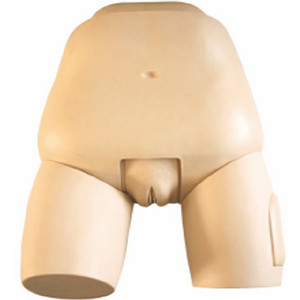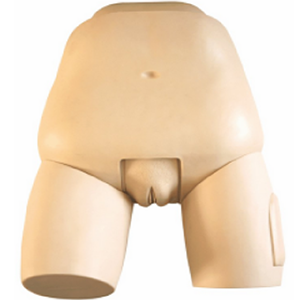ADA MED SUPPLY LIMITED
Phone:+86 19937901373
Tel:+86-0379-65160607
Email:adaanatomy@adaanatomy.com


In gynecology, the examination of the floor of the uterus is a very important evaluation method, especially for pregnant women and women with uterine problems. This examination helps doctors understand important information such as the position, shape and function of the uterus, so that they can better develop treatment plans to prevent and diagnose some common gynecological diseases.
The Advanced fundus Examination Assessment Model is an assessment tool based on the latest technology and clinical data to improve the accuracy and comprehensive examination and assessment of the fundus uterus (the very bottom area of the uterus). The model combines advanced imaging techniques, artificial intelligence algorithms, and large amounts of clinical data to provide more personalized and accurate diagnostic recommendations.
How does this model work?

Advanced fundus evaluation Model
1. Imaging technology support: Obtain uterine image data through ultrasound, MRI (magnetic resonance imaging) and other equipment. This data can help doctors clearly see the specific structure of the uterus, including the shape and position of the uterine floor.
2. Data analysis: This model compares image data with a large number of known case data, and uses artificial intelligence algorithms to identify possible abnormalities, such as abnormalities in the position of the uterine floor and morphological changes.
3. Evaluation criteria: According to different groups of women (such as pregnant women, non-pregnant women or women with specific medical history), the model will give personalized evaluation reports. The report not only describes the state of the uterine floor, but also provides possible medical advice.
Why use this model?
1. Improve accuracy: The traditional examination of the uterine floor may be limited by the doctor's experience and operation, but the advanced assessment model can avoid human error through a large amount of data and accurate analysis, so as to make the examination results more accurate.
2. Help diagnose diseases: Changes in the floor of the uterus can be associated with many gynecological conditions, such as uterine forward, backward, and preterm birth risk. Models can help doctors identify potential problems at an early stage and intervene early.
3. Personalized treatment plan: Each woman's physical condition is different, the use of advanced assessment model can make the most appropriate treatment and care plan according to the actual situation of the individual.
Data support: Reliability of the model
In order to ensure the accuracy of this model, scientists and doctors conducted a large number of clinical studies, the model relies on a database that has covered tens of thousands of women's uterine floor examination data. These data helped to optimize the evaluation model and ensure its applicability to different populations.
For example, in a large study, the diagnostic accuracy of a population using an advanced fundus examination assessment model improved by more than 20% over traditional methods. It also means that more potential problems can be identified at an early stage, helping women get better health management.
Sum up
The Advanced Baseline Evaluation Model is a tool that combines modern technology and clinical experience to help physicians better assess a woman's uterine health through accurate imaging and data analysis. It not only improves diagnostic accuracy, but also provides personalized health advice based on each woman's specific circumstances. The application of this technology marks that gynecological medicine has entered a new era of more precision and intelligence.
By understanding this model, women can pay more attention to their uterine health, get the necessary checkups in time, and avoid potential health problems affecting their quality of life.